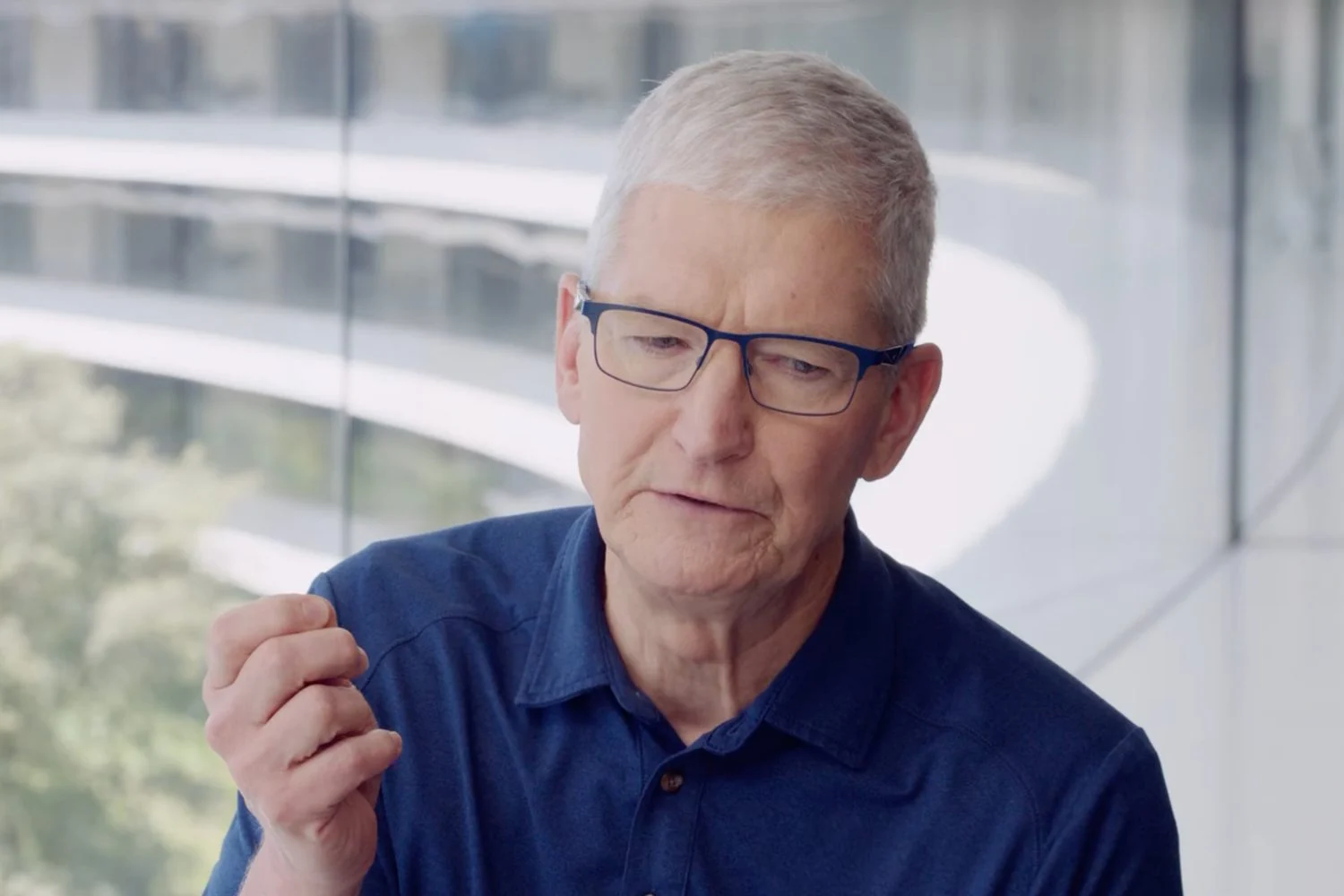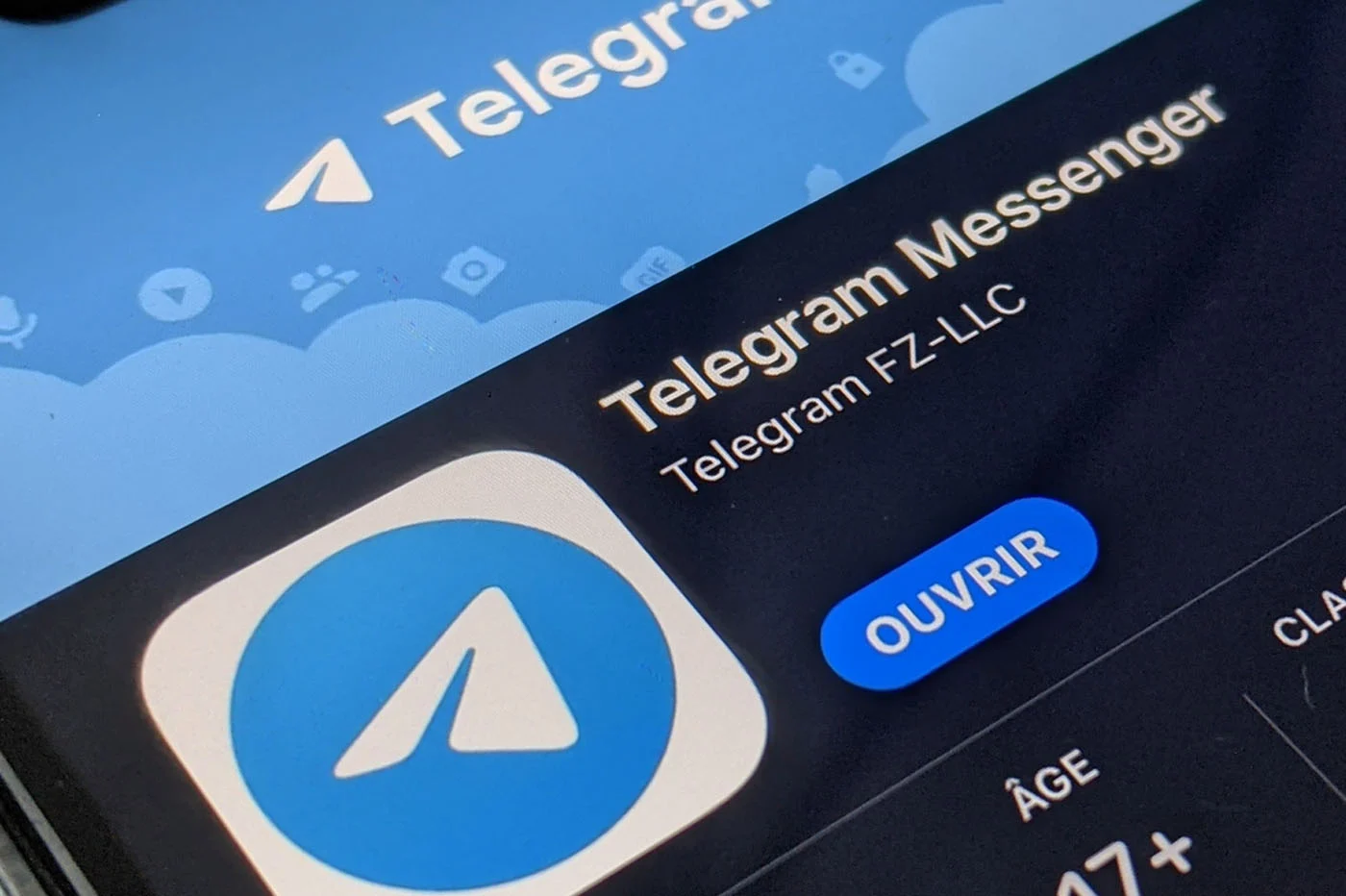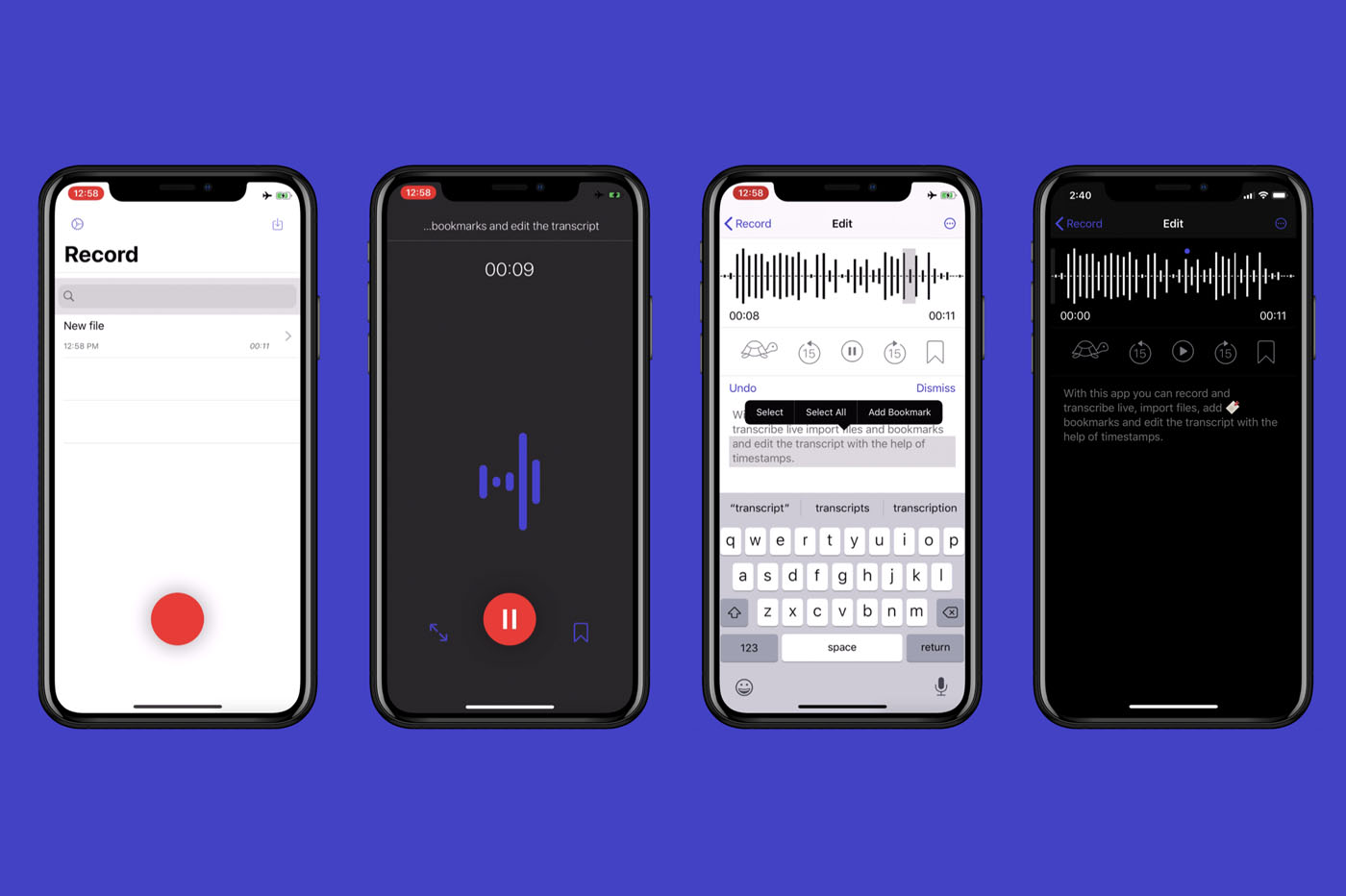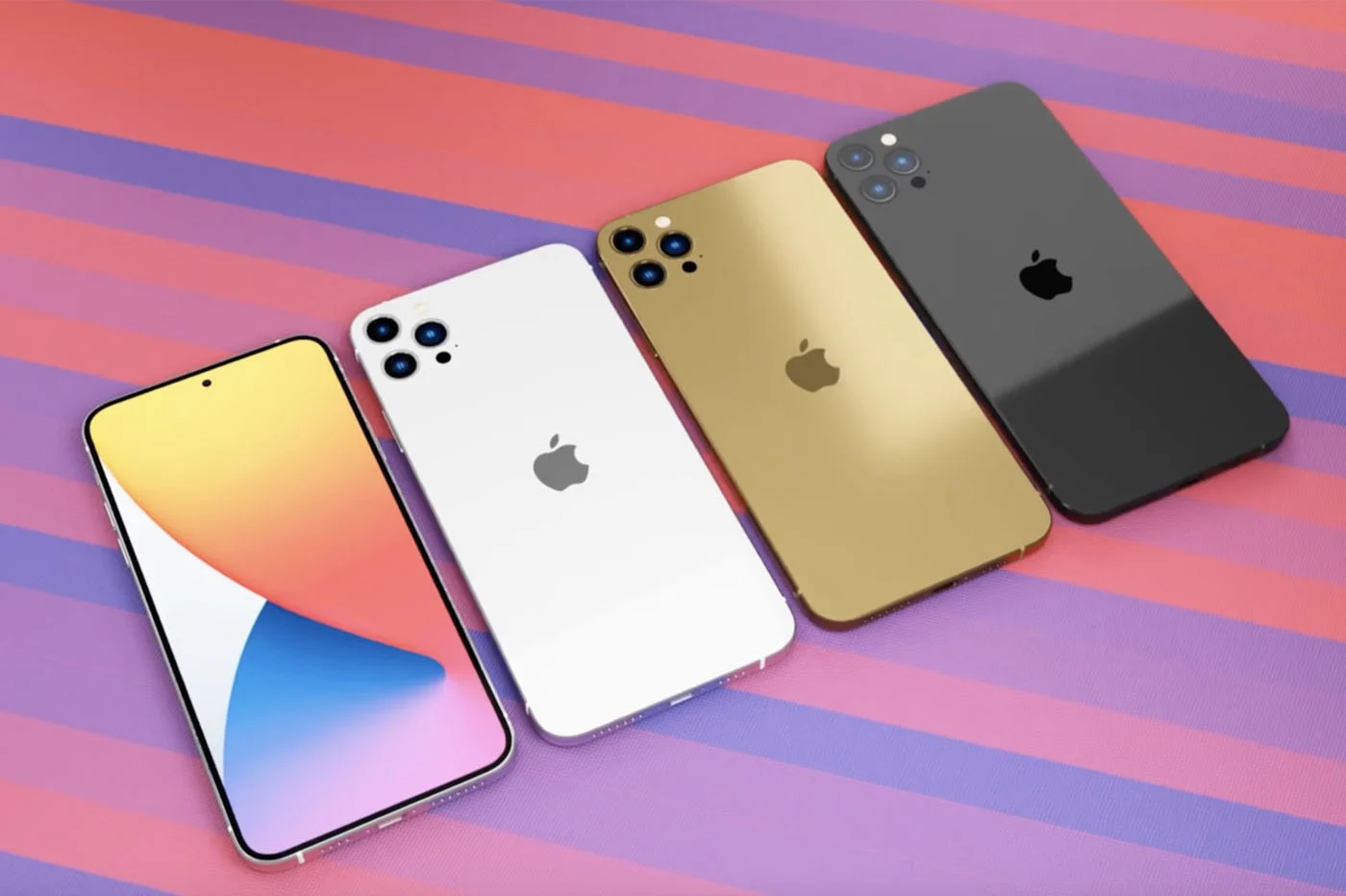In our practical section, today we have chosen toupdate a file that is always useful, in order to give tips to help those who have just purchased or received a brand new iPhone toprotect as best as possibleaccording to their preferences, but also the advantages and disadvantages of the various solutions available on the market!
In addition toour articles on protection in the “Accessories” category of iPhon.frandnumerous tests that we offer you all year round, it is therefore aguide to choosing iPhone protections, which is offered to you.
One thing is certain, don't take any risks with your machine, it can be useful to protect it if you are the type to escape it or work in difficult environments.
Even if iPhones are resistant to water, liquids and dust, for falls and other physical damage, it is not a panacea. Especially since the iPhone 8, the iPhone has included a glass plate on the back. The presence of this allows wireless charging of compatible devices, iPhone 8 and more recent. Glass is obviously more fragile than aluminum, previously used for the iPhone 6 and 7 in particular.
Apart from falls, some iPhone models seem quite fragile,like the X Space Gray model. Finally, screen repairs are expensive, more than 300 euros for recent iPhones for example. Seedetails about this in this article.
Without going so far as to break the window, it, despite its very resistant glass (Gorilla Glass), is not safe fromgrooves.
In short, you understand: the protection of the front window can be very useful to avoid breakage and scratches while the rear will be protected for those who want to keep their machine in good condition from an aesthetic point of view, whether for viewing pleasure or… for resale! Indeed, the iPhone sells very well on the second-hand market (notablyon our iPhonefr.com forum here) and this is all the better and at a high price as it is inexcellent condition.
Afterwards, some prefer to keep their iPhone without any protection, to benefit from the design desired by Apple, it is also a very respectable choice, the rest of this guide will therefore not concern them 😉, unless they choose entirely transparent protection!
The protection market is very complete and there areseveral levels of protection: screen only, complete case in wallet, pouch or flip format and even all-terrain or waterproof protection!
Onward to discovering the advantages and disadvantages of each.
Protect screen only
Thescreen protectoris the simplest that exists,retaining the overall design of the machine, it will allow, depending on the case, to avoid scratches or even breakage. There are two types: plastic films and glass plates.
- THEplastic filmshave the advantage of being cheap and almost invisible, but they are oftendelicate to install without bubbles and aligned, sometimes age poorly andwill not protect against broken glass.
- THEwindows to place on the screen, in fact constitutea second layer of glass which will protect against scratches and breakage for reasonable shocks(in case of overwriting, this will not be enough). They have many advantages:ease of installation(be careful of dust) due to the rigidity, acertain comfortrelated to touch similar to the usual screen and sometimes aanti-fingerprint treatment, as well as excellent protection. Conversely, we retain aprice higher than plastic filmsand adding a thickness of 0.2 to 0.4 mm on the machine. It's small, but not negligible.
Example of models:
- Glass screen protector, compatible with many iPhone models: this Belkin model is available for iPhone 6 to XS and even XS Max. Seehis presentation here.
- The Bovon glass screen protector for iPhone XR: this model includes a guide to facilitate the positioning of the glass during installation. The thickness of the plate is 0.33 mm and is announced as resistant to scratches and glass breakage to limit the case during unfortunate falls
- KuGi Glass Protection for iPhone XS Max: a version that protects the notch
- Sparin glass protection for iPhone XS Max: a model sold in sets of 3 and which does not protect the notch
Protect the sides and back of the iPhone
Now that we have seen the protection of the front panel, let's take a look
to the protections on the sides and rear of the machine. Many types
shells and other cases are offered on the market:
To read:choosing an iPhone X/XR/XS case, watch out for the edges!
- Thesimple protective shell: often in colored or transparent polycarbonate, rigid it has the merit of often beingfine, which does notdoesn't change the grip that muchand protects well in the event of a fall. They can incorporate a retractable foot useful for holding the machine at an ideal angle for watching a video for example.
- Other very common and inexpensive models are theflexible silicone shells, they absorb shock well and are easy to put on and take off, but their material may or may not please you because they can be a little sticky, soft and catch dust depending on the model. They often yellow over time but remain very inexpensive:
- THE'pockets'very simple in which to slide the machine, generally in leather or fabric, allow you toprotect very effectively, front, sides and back when the iPhone is not in use. Once out, we find its design and the comfort of the naked machine, but also the associated risks, while having a pouch in hand.
- Other types of protection,wallet style cases with flap from top, bottom or sideswill remain attached to the machine while protecting the sides, the rear, but also the screen. It isthe most complete that can be done. These cases have different advantages such as allowing credit cards to be slipped into them and disadvantages depending on the type. So,a model with a front that opens downwards will be practical for holding in the handand when you are on the phone since the flap will be under the ear, a model that opens upwards on the contrary is much less pleasant when you hold the phone to your ear. THESide flaps like a notebook are a little less practical for holding in the hand, but easy to open.
To read, our selections of cases for iPhone X/XS, iPhone XR, but also iPhone XS Max:
- Selection of iPhone X and XS protections and cases: inexpensive, thin, elegant or robust, there is a choice
- More than 15 iPhone XR cases, cases and glass protectors
- Our selection of iPhone XS Max cases, covers and cases available + glass screen protectors
And examples of hulls tested in our columns, to findin our summary page of all the accessories tested on iPhon.fr:
- TheESR transparent case for iPhone X, XR and XS with metal kickstand– note 4,5/5 –Reader test via iPhon.fr
- TheOtterbox Strada leather protection with flap for iPhone–Test and review iPhon.fr
- TheEasyAcc case protector for iPhone– note 4,5/5 –Test and review iPhon.fr
- TheSpeck Predision Show transparent iPhone X coque– note 4/5 –Test and review iPhon.fr
- ThePitaka iPhone X MagCase case, Qi wireless charging compatible– note 4,5/5 –Test and review iPhon.fr
- TheTurata hard plastic case for iPhone– note 4,5/5 –Test and review iPhon.fr
- TheTurata silicone protective case for iPhone– note 4/5 –Test and review iPhon.fr
- TheEasyAcc slim case for iPhone– note 4,5/5 –Test and review iPhon.fr
Specific protections: sport, photo, battery, Qi wireless charging, etc.
Beyond the classic models presented previously, there are other
specific types of protection:
- “Extreme” protective cases: specific shells for sports and professions subject to constraints of weather or potential shocks (on a construction site for example) are offered by several manufacturers. They are generally made up of several layers: one in resistant rigid plastic, another in shock-absorbing silicone and generally they include screen protection. Some are even waterproof.
See for exampleLifeproof brand protections on sale here, whose modelFre,tested in our columns.
- Cases dedicated to photography: some protective models allow new ways of taking photos. So, in addition to having a well-protected iPhone, the user can have fun with new photo lenses or take advantage of a new, even more powerful flash, among many other things.
See for example theBake iPhone X SolidSuit from Rhinoshieldwithphoto lenses, testedin our columns,here also with its latest lenses.
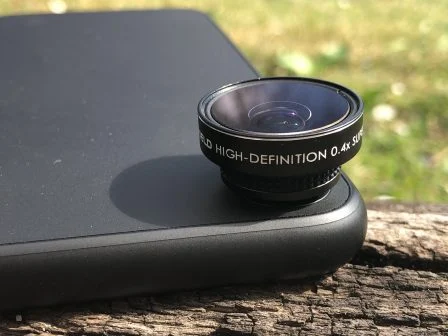
- Shells with integrated battery: these protections will be of particular interest to travelers who are regularly away from any power outlet for several days. Unlike the nomadic battery, which must also be carried in a bag, the battery caseextends the autonomy of your device in a very discreet and practical way. The only disadvantage is the size and weight added to the iPhone. This is the sacrifice for hundreds of more mAh. There is alsomodels with Qi charging support, and some that charge the iPhone wirelessly, magnetically attached, without having a connection at the bottom which adds bulk, and without having to constantly support the growth of the battery.
- See for example theMophie iPhone case with built-in battery and Qi wireless charging, rated 4/5 during itstest at iPhon.fr.
- For Qi charging support, turn to the Romoss brand. This offerscases with Qi compatible battery, for iPhone 8 and newer models,as seen there
- Ortowards the mBuyNow brand seen here
In the end, protecting your iPhone or iPod touch machine is quite simple because the solutions are widespread and above all varied, making it possible to match everyone's preferences.
But what did you choose?Screen film, cover, case? Or nothing?Share your criteria and preferences in the comments, and don't hesitate to complete this article if we have omitted any solutions!

i-nfo.fr - Official iPhon.fr app
By : Keleops AG
founder of the site. Computer engineer and Internet specialist where he has held various positions of responsibility, Laurent has been passionate about mobility since the arrival of "PDAs" in the 90s. Journalist for 4 years for the magazine Team Palmtops (Posse Presse) and author of several books on the iPad published by Pearson.


